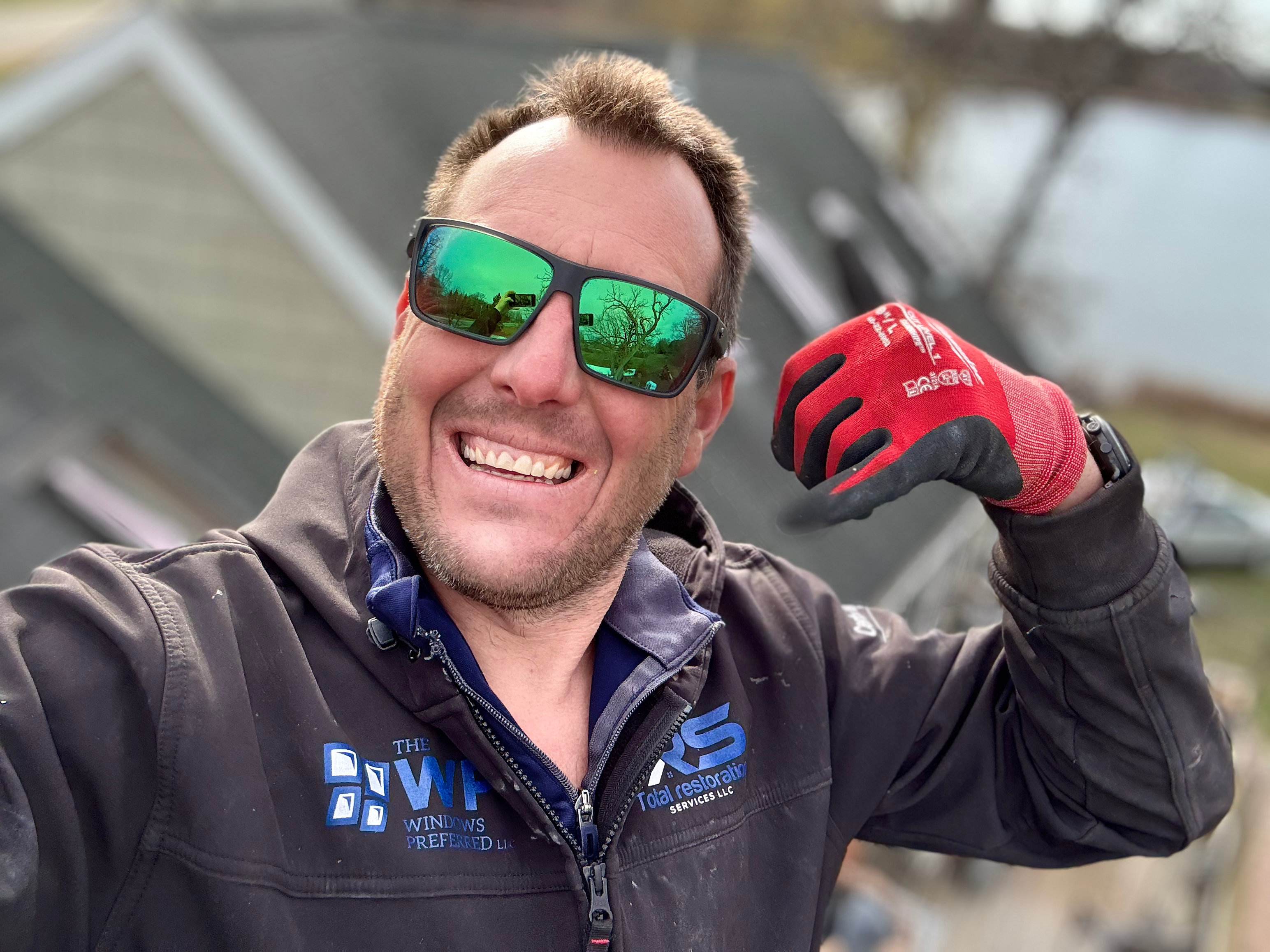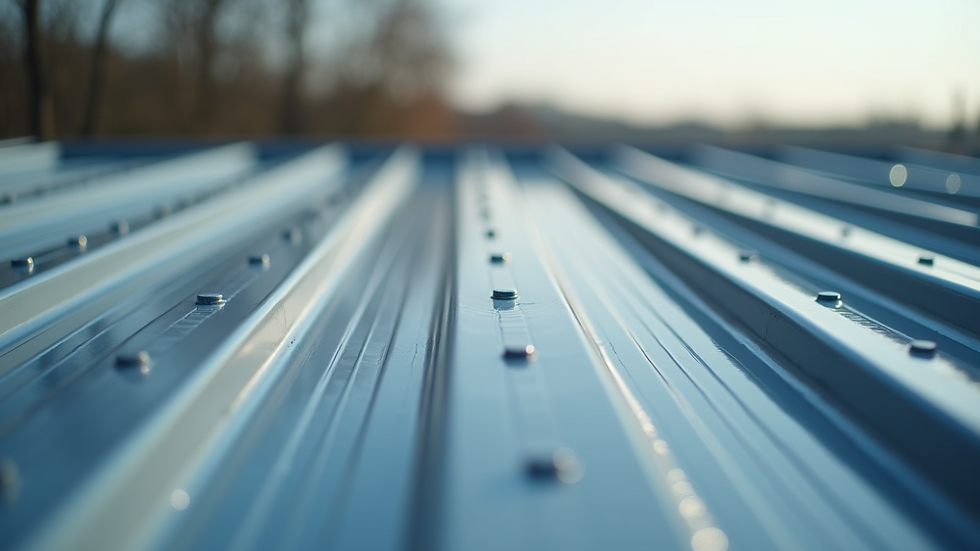What to Know About Metal Roofs for Your Home
- metalroofingwiscon

- Oct 10
- 4 min read
Metal roofing has become a popular choice for many building professionals and property managers due to its durability, energy efficiency, and modern aesthetic. Understanding the key aspects of metal roofs can help you make informed decisions when specifying materials for your projects. This article explores the essential information about metal roofs, focusing on their benefits, challenges, and practical considerations for installation and maintenance.
Advantages of Residential Metal Roofs
Metal roofs offer several advantages that make them an excellent option for residential and commercial buildings alike. Here are some of the most notable benefits:
Longevity and Durability: Metal roofs can last 40 to 70 years, significantly longer than traditional asphalt shingles. They resist cracking, shrinking, and eroding, which reduces the need for frequent repairs.
Energy Efficiency: Metal reflects solar radiant heat, which can reduce cooling costs by 10-25%. This makes metal roofing an energy-efficient choice, especially in warmer climates.
Fire Resistance: Metal roofs are non-combustible and have a Class A fire rating, the highest possible. This can be a critical factor in areas prone to wildfires.
Lightweight: Compared to tile or concrete roofing, metal is much lighter, reducing the structural load on buildings.
Environmentally Friendly: Many metal roofs contain recycled materials and are 100% recyclable at the end of their life cycle.
For builders and property managers, these benefits translate into lower long-term costs and increased property value. When specifying roofing materials, consider the climate, building design, and budget to determine if metal roofing is the right fit.

Key Considerations When Choosing Residential Metal Roofs
Selecting the right metal roofing system involves understanding the different types of metals, coatings, and installation methods. Here are some critical factors to consider:
Types of Metal Roofing Materials
Steel: The most common metal roofing material, often coated with zinc (galvanized) or a zinc-aluminum alloy (galvalume) for corrosion resistance.
Aluminum: Lightweight and highly resistant to salt corrosion, making it ideal for coastal areas.
Copper: Offers a distinctive look and excellent durability but comes at a higher cost.
Zinc: Known for its self-healing properties and long lifespan but less common due to cost.
Coatings and Finishes
Metal roofs are coated to protect against corrosion and enhance aesthetics. Common coatings include:
Polyester Paint: Economical but less durable.
Silicone Modified Polyester (SMP): Offers better durability and color retention.
Polyvinylidene Fluoride (PVDF): Premium coating with excellent resistance to fading and chalking.
Installation Techniques
Proper installation is crucial to maximize the lifespan and performance of metal roofs. Key points include:
Ensuring proper underlayment to prevent moisture buildup.
Using appropriate fasteners and sealants to avoid leaks.
Allowing for thermal expansion and contraction to prevent panel warping.
By carefully selecting materials and following best installation practices, contractors can ensure a high-quality metal roof that meets client expectations.

What is the Biggest Problem with Metal Roofs?
While metal roofs offer many advantages, they also come with challenges that professionals should be aware of:
Noise
One common concern is noise during rain or hailstorms. Metal roofs can amplify sound, which may be disruptive in residential settings. However, this can be mitigated by:
Installing sound-deadening insulation beneath the roof.
Using thicker metal panels or specialized underlayments.
Expansion and Contraction
Metal expands and contracts with temperature changes. If not properly accounted for during installation, this can cause:
Fastener loosening.
Panel buckling or warping.
Sealant failure leading to leaks.
Cost
Initial installation costs for metal roofs are higher than traditional roofing materials. However, the long-term savings on maintenance and energy can offset this.
Denting and Scratching
Metal roofs can be susceptible to dents from hail or falling debris. Choosing thicker gauge metals and impact-resistant coatings can reduce this risk.
Understanding these challenges allows builders and property managers to plan accordingly and communicate effectively with clients about expectations and maintenance.

Maintenance and Longevity of Metal Roofs
Proper maintenance is essential to ensure metal roofs perform well over their lifespan. Here are some practical recommendations:
Regular Inspections: Conduct bi-annual inspections to check for loose fasteners, damaged panels, or sealant deterioration.
Cleaning: Remove debris such as leaves and branches to prevent moisture retention and corrosion.
Addressing Rust: Although most metal roofs are coated, scratches or damage can expose metal to rust. Promptly treat and repaint affected areas.
Snow and Ice Removal: In colder climates, safely remove heavy snow loads to prevent structural stress.
By following these maintenance steps, property managers can extend the life of metal roofs and avoid costly repairs.
Choosing the Right Metal Roof for Your Project
When specifying a metal roof, consider the following steps to ensure the best outcome:
Assess Building Requirements: Evaluate the building’s structural capacity, climate conditions, and aesthetic goals.
Select Appropriate Metal and Coating: Choose materials that balance durability, cost, and appearance.
Hire Experienced Installers: Proper installation is critical. Work with contractors who specialize in metal roofing.
Plan for Maintenance: Establish a maintenance schedule and educate property managers or homeowners on care procedures.
For those interested in exploring options, residential metal roofs offer a reliable and attractive solution that can enhance property value and performance.
Metal roofs represent a smart investment for many building projects. Their durability, energy efficiency, and modern look make them a compelling choice for builders, property managers, and contractors aiming to deliver quality and longevity. By understanding the benefits, challenges, and maintenance needs, professionals can confidently specify and manage metal roofing systems that stand the test of time.




Comments